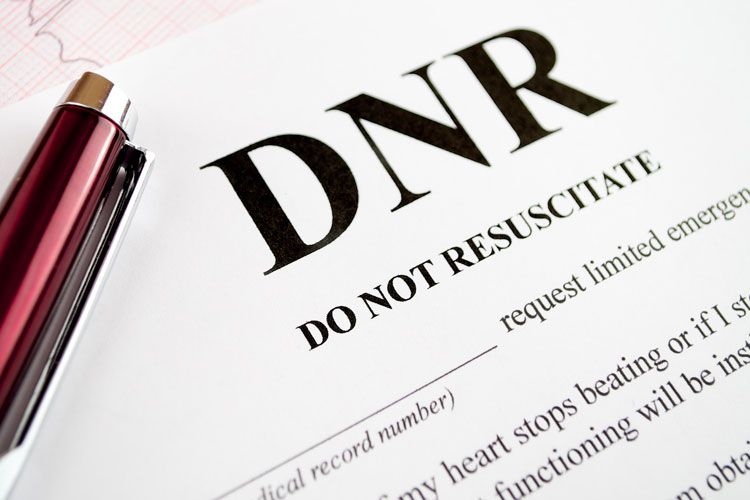Living Trusts Aren't Nearly As Complicated As They Sound… Or Are They?
A Living Trust, also called an “inter-vivos trust,” is a Trust that becomes effective during your life.

Reasons For Establishing A Living Trust
Living Trusts are usually established in order to avoid Probate because when you die the assets in the Trust are no longer your property. Instead, the assets are the property of your Successor Trustee and are not subject to probate, which allows them to seamlessly pass to the beneficiaries. Be aware that only the assets in the Trust can avoid Probate in this way. Any assets not in the Trust will have to go through Probate.
If you are the sole Trustee of the Trust, the document used to create it is called a “declaration of trust.” If the there is an additional Trustee, the document used to create the trust is called a “trust agreement.”
Maintaining Privacy
Living Trusts can maintain a certain amount of privacy around assets and the distribution of those assets, since only the Trustees of the Trust need to know the terms. This is unlike a Testamentary Trust, which is a part of a Will and is therefore a public document.
Living Trust Cost
Living Trusts can potentially be expensive to create, since each Trust needs its own paperwork. This is unlike creating a Testamentary Trust, which can be created as a part of your Will.
Revocable vs. Irrevocable
Living Trusts can be Revocable or Irrevocable. You can decide which you'd ike to create based on your goals for the Trust.
To learn about setting up a Trust in your Will, see our article Testamentary Trusts.
- Trusts Cheat SheetTrust us when we say this is as basic as we can make Trusts.Read more
- All You Need To Know About Advance DirectivesWhen you can’t make health decisions for yourself, this is the north star...Read more
- How To Create A Do Not Resuscitate Order (DNR)A DNR is a medical order that states you don't want cardiopulmonary...Read more
- How Organ Donation WorksIf the person who died was a registered organ donor, measures will be taken...Read more



